When “Rosie the Riveter” Went Viral
By Lincoln Cushing
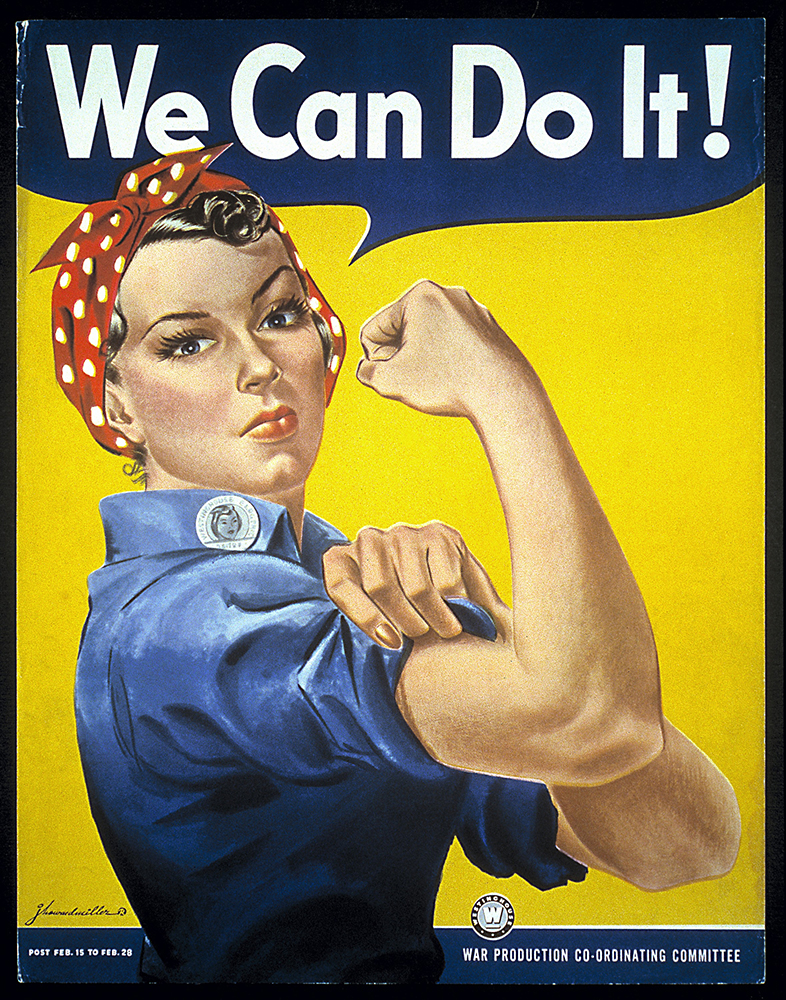
How an obscure in-house WWII corporate poster became a popular progressive meme
A major World War II feminist/labor icon which has inspired hundreds of modified homages is popularly known as “Rosie the Riveter,” memorialized in numerous posters, magazine covers, t-shirts, coffee mugs and advertisements. This spunky gal is proudly holding up her buffed arm and encouraging us to get it done. The problem is, she’s not Rosie the Riveter.
Her thought balloon says: “We Can Do It!”, and she was produced by Pittsburgh artist J. Howard Miller as an in-house poster by the Westinghouse corporation’s War Production Coordinating Committee in 1942. It was displayed for only two weeks in their Midwest factories where women were making helmet liners. Ed Reis, Volunteer Historian for Westinghouse, was interviewed in 2003 by California Federation of Teachers publications director Jane Hundertmark, and he explained that Westinghouse made 13 million plastic helmet liners out of a material called Mycarta, the predecessor of Formica (which means “formerly Mycarta”).
On the other hand, “Rosie the Riveter” was a snappy and highly publicized national meme. Even during a war with broad public support such as WWII, the government needed media to maintain patriotic participation in the face of hardship and despair. The Office of War Information (1942-1945) was the principal agency responsible for that task. Previously organized as a photographic unit under the Farm Security Administration in 1939, in 1942 the OWI shifted gears from documenting the agricultural and economic impact of the Great Depression to documenting and supporting the Homefront. And when the workforce started to run out of men, the nation needed women.
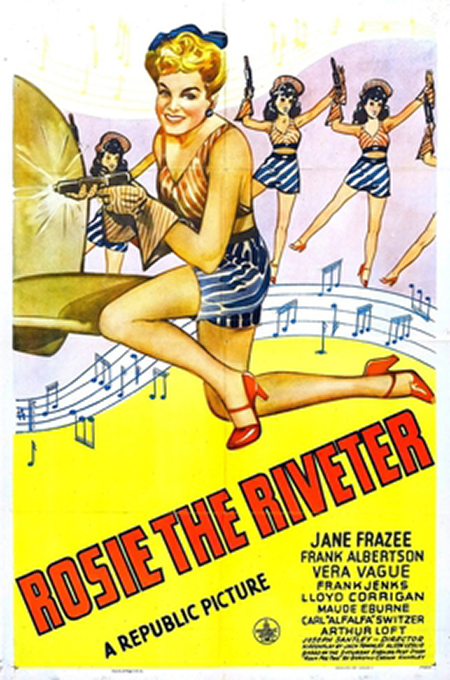
During the war, the most popular image of “Rosie the Riveter” was a painting by Norman Rockwell that appeared on a cover of a May 29, 1943 Saturday Evening Post. The phrase had entered the public sphere a few months earlier on the radio as a snappy song with that title by Redd Evans and John Jacob Loeb. In 1944 Republic Pictures released a musical film.
Rockwell’s cover, which is subject to strict copyright and can’t be reproduced here, was inspired by Michelangelo’s 1511 rendition of the prophet Isaiah in the Sistine Chapel.
But how and when did the popular “Rosie the Riveter” term get indelibly linked to an obscure WWII poster image? The most thorough academic analysis of this meme is “Visual rhetoric representing Rosie the Riveter: myth and misconception in J. Howard Miller’s ‘We Can Do It!’ poster” by James J. Kimble and Lester C. Olson, published in Rhetoric & Public Affairs, Winter 2006. The authors scratch their heads and note that “Thus far the earliest reproduction of (or reference to) the ‘We Can Do It!’ poster that we have found in the postwar years is in a 1982 Washington Post Magazine article that discussed poster reproductions then available from the National Archives.” Well, they were on the right track.
Nailing down the details of art history require a lot of digging. As a graphic activist with many connections in the social justice community, I started by looking through mail order catalogs and advertisements in alternative publications – the way people used to learn about new posters before the Internet.
What I found was a fascinating confluence of feminist and labor media efforts influencing each other, directly and indirectly. The key step was made by Helaine Victoria Press, the feminist/labor publishing organization co-founded by pioneers Jocelyn Helaine Cohen and Nancy Taylor Victoria Poore. They’d met in 1972 and moved to Indiana a few years later.
Here are key elements of the timeline:
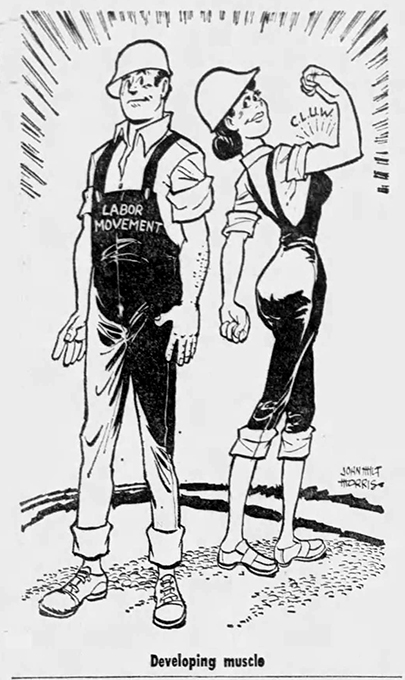
1. 1975 – The Coalition of Labor Union Women holds their founding conference in Detroit. An AP news story headlined “They want Rosie the Riveter to have a new image” explains “They want Rosie the Riveter to give way to Rosie the international vice president, Rosie the shop steward. and Rosie the president of the local.” A cartoon by John Milt Morris accompanying the article showed a CLUW woman posing in a manner that resembles the “We Can Do It!” image, but it’s unlikely that Morris was familiar with the Westinghouse poster.
2. Circa late 1970s – The U.S. National Archives produce a postcard of the WCDI image. According to a footnote in Kimble and Olson’s essay, the poster is so popular that the National Archives ranks it among its top ten most requested images.
3. 1980 – Connie Field produces her “The Life and Times of Rosie the Riveter” film, but no promotional material uses WCDI image.
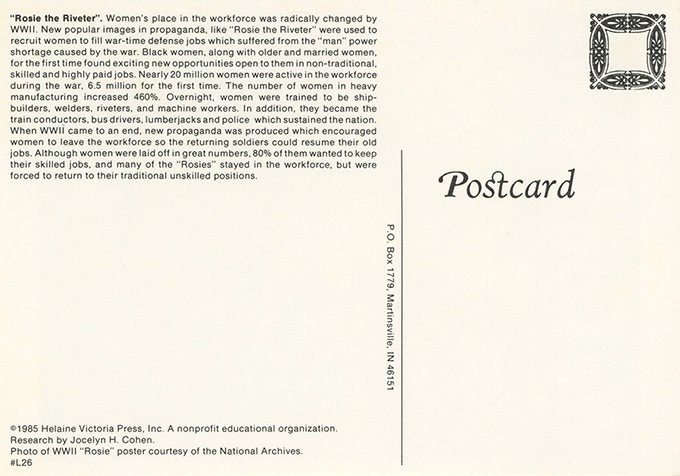
4. 1982-1983 – Helaine Victoria Press begins distributing postcards from the National Archives. HVP co-founder Jocelyn Cohen remembers: “The NA had several propaganda postcards from posters with women and the war effort and we sold those too. But Rosie was the one that sold like hotcakes.” The WCDI card appears in their 1982-1983 catalog, which mentions “In the spring of 1982 we were delighted to receive funding from the Indiana Committee for the Humanities for a community outreach program. We will use this stipend to sponsor a discussion and two films – ‘Rosie the Riveter’ and ‘Four Women Artists’ – in Martinsville in May.”
5. 1985 – Helaine Victoria Press produces their own version of WCDI postcard, from one seen at National Archives, tying “Rosie the Riveter” title to the WCDI image for the first time in the backside caption. They also make a T-shirt.
6. 1987 – HVP WCDI postcard ads appear in the Minneapolis-based Northland Poster Collective“By our hands” labor art project catalog. Leeds Postcards (England) publishes their own edition after successfully carrying the HVP version for several years.
7. 1988 – Northland Poster Collective and Syracuse Cultural Workers put the “new” WCDI poster in their catalog. Ads also appear in National Women’s History Resources catalog 1988-1989.
So there you have it – the convoluted emergence of an iconic image that has become fodder for innumerable interpretations, from Black WWII welders to abortion rights to Bernie Sanders. Long live Rosie the Riveter.
…
The Rosie the Riveter Trust, which supports the Rosie the Riveter / World War II Home Front National Historical Park in Richmond, California, is honoring home front workers during Riveter Days on March 19-21, 2022. Honor the labor that helped defeat fascism.

Addendum:
I recently became aware of earlier research on this same subject. How could I not have known? There are several reasons. First, Chidgey’s chapter is embedded in an academic publication under relatively obscure field of “memory studies” rather than art history or labor history, and online mentions or reviews of her WCDI! research were not evident. And none of the key participants in this research, with whom I had multiple email communications, mentioned Chidgey’s work. This is truly an example of parallel and unconnected research. Chidgey’s focus is on evolving feminist iconography, and my focus is on the mechanics of how images get shared across space and time. It takes a village to assemble our own history.
Feminist Afterlives: Assemblage Memory in Activist Times, Red Chidgey, Palgrave Macmillan Memory studies, 2018
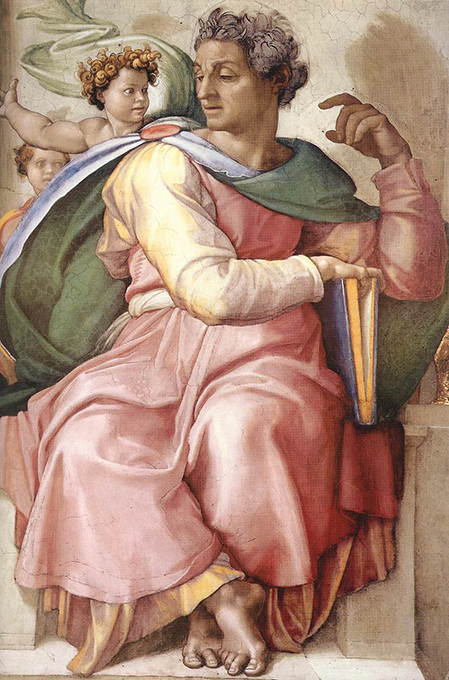
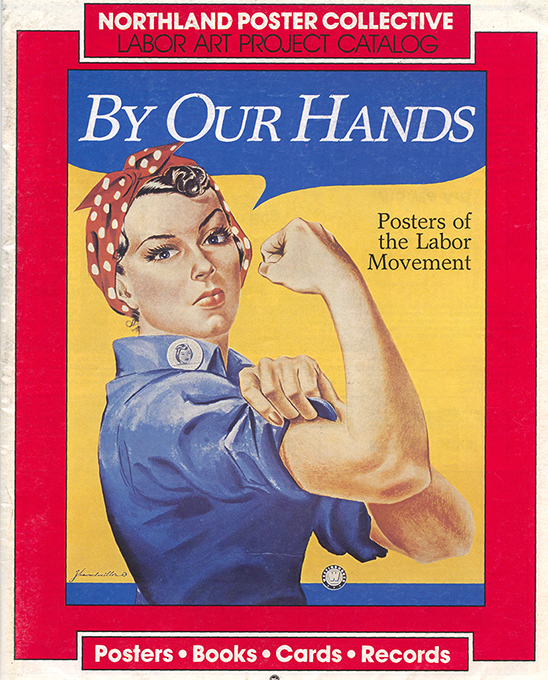
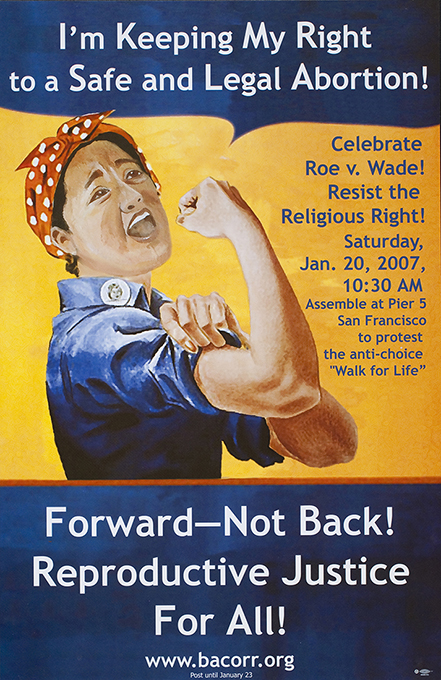
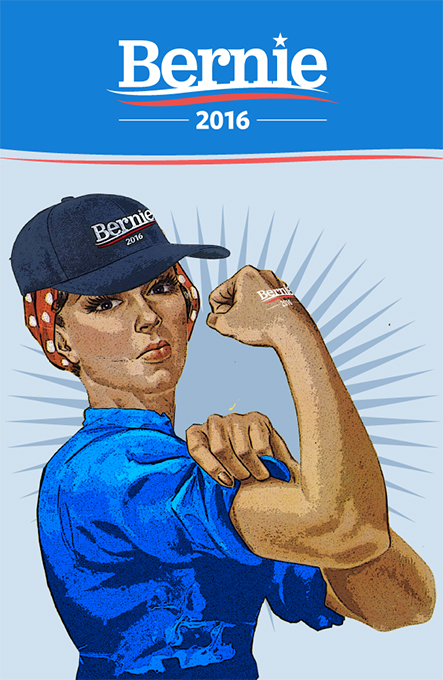
Pingback: Icône paradoxale ~ Rosie la riveteuse • O'Parleur.fr
Great article and good to learn something new. Thank you Lincoln!
And thanks for the shout out about Riveter Days on March 19 and 20 when our Rosie’s will be there to meet guests visiting the national park. I appreciate all you do to help people understand the complex stories of yesterday!